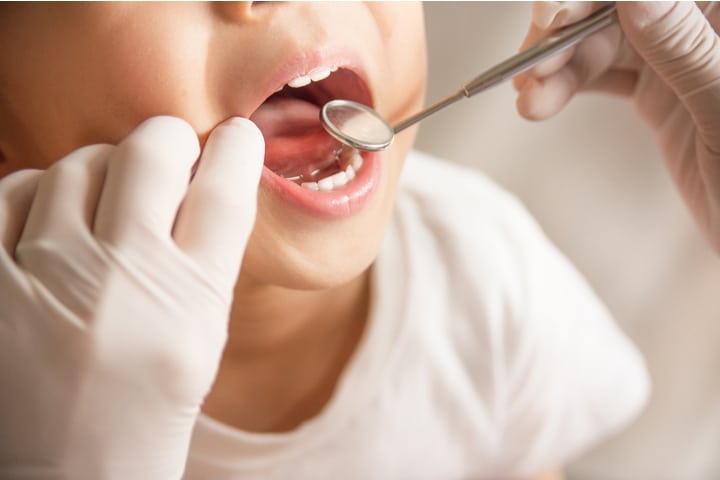We feel very excited when our children’s milk teeth start to wiggle and fall out, and new permanent teeth begin to erupt. However, these new teeth often do not look perfectly straight and aligned like the milk teeth, and may have big gaps between them? Dr Pauline Lee tell us why
The arrangement of the teeth is affected by many factors, such as the size of the teeth, the muscles inside and around the mouth, and the shape of the jaw. This stage of transition is known as the ‘ugly duckling stage’ – it usually just requires patience and extra care in brushing around the teeth individually until they gather together into their final positions. Of course, teeth erupting too far outside of normal may require some treatment, especially to prevent negative effects on other teeth or structures adjacent to them.
In some situations, gaps may be due to more problematic issues, such as extra teeth or extra soft tissues causing physical obstruction between the teeth. In such cases, removal of the obstruction would be necessary, and your dentist will determine the best timing to do so.
Gaps between teeth can also be caused by habits such as tongue-thrusting, mouth-breathing, or thumbsucking. These habits can be modified with the help of dental appliances, and may additionally require coordination with a medical doctor.
On the other hand, your child may simply have small-sized teeth (or missing teeth!) that are not enough to fill up all the room available in their jawbone. Depending on the situation, your child may be suitable for early orthodontic treatment to improve the aesthetics.
This is an exciting time of new dental milestones, and also the best window of opportunity for diagnosing and treating some of these issues. Schedule a visit for your child so the dental team can work with you to discuss what’s best for him or her!











